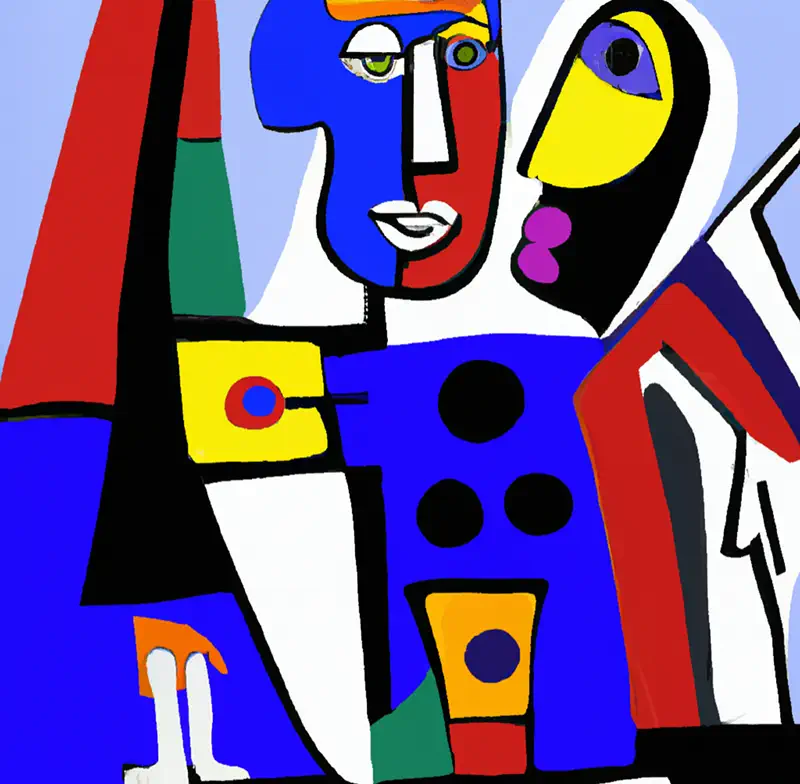Biopharmaceutical Cost-Effectiveness Analysis in South Africa
January 27, 2023
Objective : The client is committed to advancing care for patients around the world by bringing forward medicines in areas of unmet medical need. They do this through internal research and development, as well as through collaborations with academic and industry partners. The innovative product has a compelling clinical benefit for which a cost-effectiveness analysis […]
Read More
Biopharmaceutical Market Access Analysis in Dubai
August 23, 2022
Objective : A market access landscape analysis is the first step to improving access in the target countries. This involved identifying the unmet need in the disease area, audiences with which to build a shared agenda, and shaping national reimbursement policy. The drivers and levers in the external environment are also key to positioning new […]
Read More
Medtech Budget Impact Analysis in Dubai
May 15, 2022
Objective : The cost components of an innovative procedure and related complications from the perspective of the private healthcare sector (e.g.: health insurance companies and third-party payor) is not well understood in the target countries. Payors and stakeholders assume the innovative procedure is cost saving but no decision analytic model is available to quantify budget […]
Read More
Medtech Cost-Effectiveness and Budget Impact Analysis in London
February 18, 2022
Objective : The client sought assistance with sourcing real-world data to generate results of the cost-effectiveness and budget impact of their new healthcare technology. The project involved claims data collection using ICD10 and CPT4 codes, and KOL interviews. We also advised on the value-based price of the new healthcare technology from a third-party payor perspective […]
Read More
Medtech EU Core Value Dossier Creation in Geneva
October 27, 2021
We took on the role of medical writers and oversaw the creation of a Core Value Dossier for a new healthcare technology in five major EU markets, with a designated medical writer handling the specific sections in the dossier. We synthesized and reviewed clinical and economic evidence and made comments on all draft versions of […]
Read More
